are these wild rhododendrons?
jacqueline9CA
11 years ago
Related Stories
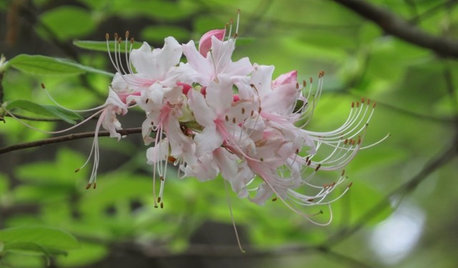
GARDENING GUIDESGreat Design Plant: Rhododendron Canescens
Have a damp, shady spot in your garden that needs a lift? This Southern U.S. native may be the solution
Full Story
GARDENING GUIDESHave Acidic Soil in Your Yard? Learn to Love Gardening Anyway
Look to acid-loving plants, like conifers and rhododendrons, to help your low-pH garden thrive
Full Story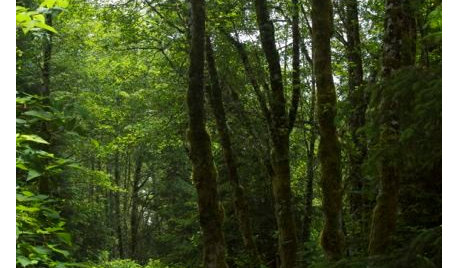
LANDSCAPE DESIGNLet Nature Inspire Your Landscape: Ideas for a Woodland Garden
Fill your senses with the magic of a wild forest-inspired garden — from shady understory plants to towering treetops
Full Story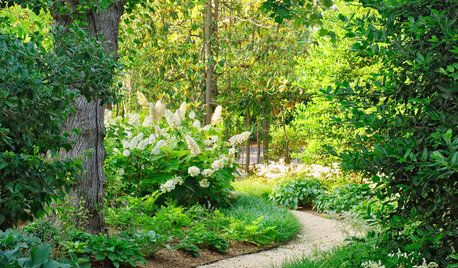
LANDSCAPE DESIGNUnwind in Your Own Private Garden Escape
When the world is getting on your last nerve, an outdoor refuge can soothe and nurture. Here's how to design a garden with relaxing in mind
Full Story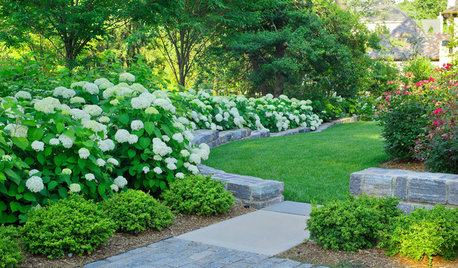
FLOWERS AND PLANTS10 Essential Shrubs for Mid-Atlantic Gardens
Easy-to-grow mid-Atlantic native shrubs celebrate the character of the region
Full Story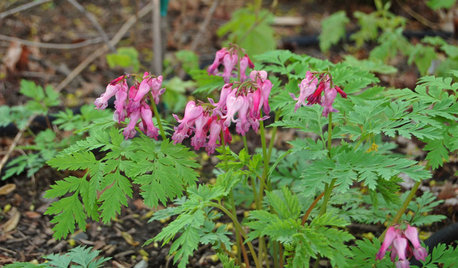
GARDENING GUIDESGreat Design Plant: Dicentra Eximia Brightens Shady Gardens
This North American bleeding heart species blooms from spring to fall and welcomes bees and hummingbirds
Full Story
GARDENING AND LANDSCAPINGBe a Citizen Scientist to Help Wildlife, Learn and Have Fun Too
Track butterflies, study birds, capture stars ... when you aid monitoring efforts, you’re lending Mother Nature a hand
Full Story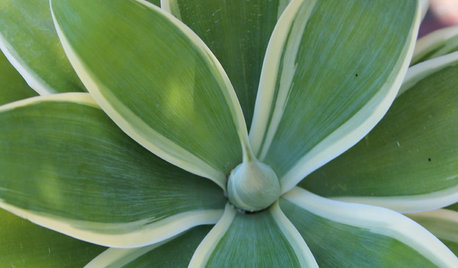
CALIFORNIA GARDENINGCalifornia Gardener's April Checklist
Outsmart droughts with water-savvy plants and sustainable approaches that suit the landscape
Full Story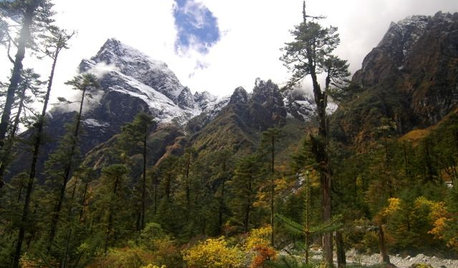
LANDSCAPE DESIGNLet Nature Inspire Your Landscape: Mighty Mountain Gardens
Bring an alpine vista to your yard by tucking resilient plants and flowers into rocky garden nooks
Full Story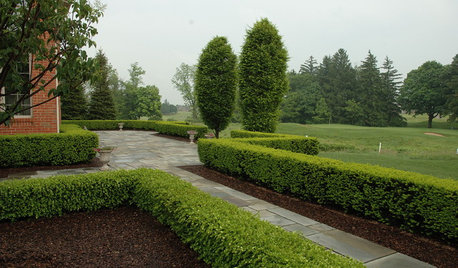
GARDENING GUIDESGreat Design Plant: Boxwood
This elegant evergreen can shape shift into forms limited only by a gardener's imagination and a clipper's reach
Full Story





jacqueline9CAOriginal Author
rhodyman
Related Professionals
Londonderry Landscape Architects & Landscape Designers · Garden City Landscape Architects & Landscape Designers · Kenmore Landscape Architects & Landscape Designers · Palm Springs Landscape Architects & Landscape Designers · Anderson Landscape Contractors · Davidson Landscape Contractors · Fort Mill Landscape Contractors · Hilo Landscape Contractors · Lyndhurst Landscape Contractors · Oklahoma City Landscape Contractors · Snoqualmie Landscape Contractors · Woodburn Landscape Contractors · Antioch Landscape Contractors · Northlake Landscape Contractors · Castaic Gardeners & Lawn Carerhizo_1 (North AL) zone 7
rhodyman
jacqueline9CAOriginal Author
jacqueline9CAOriginal Author
rhodyman
rhizo_1 (North AL) zone 7